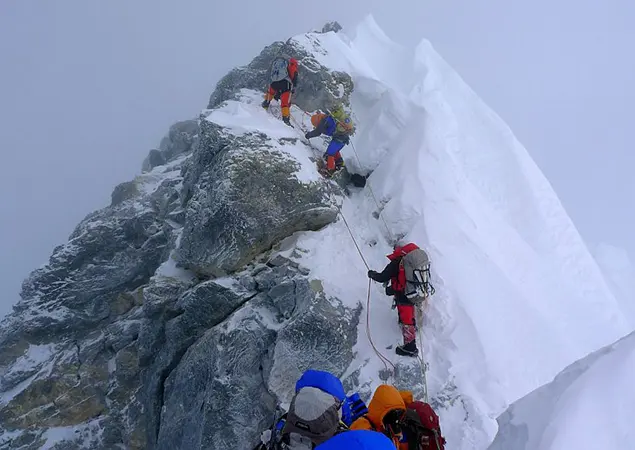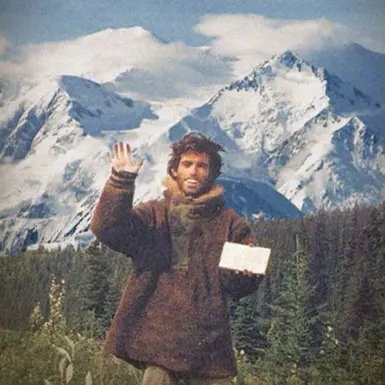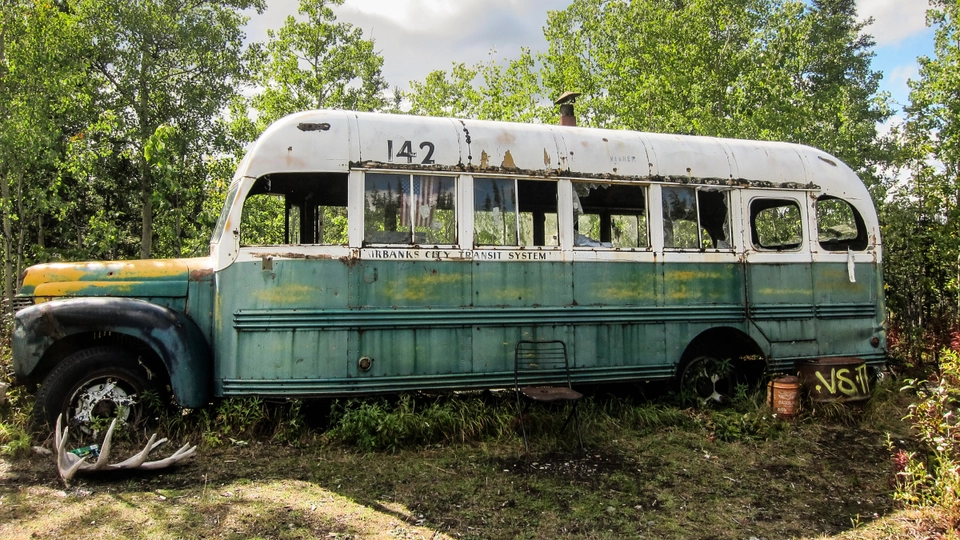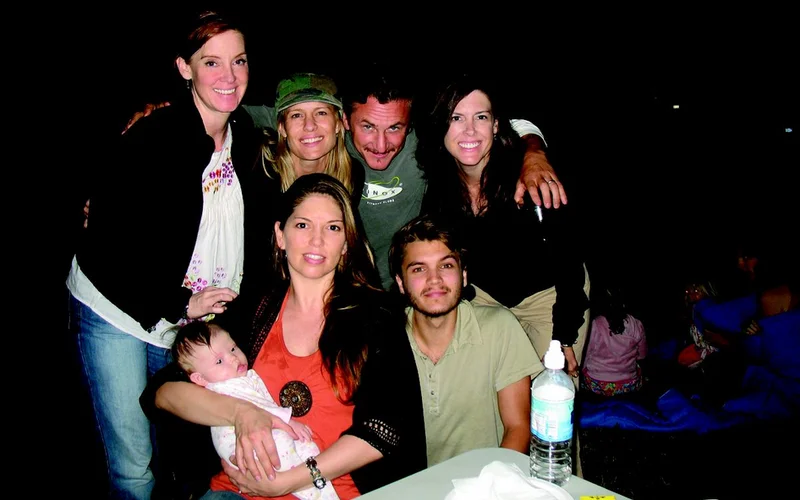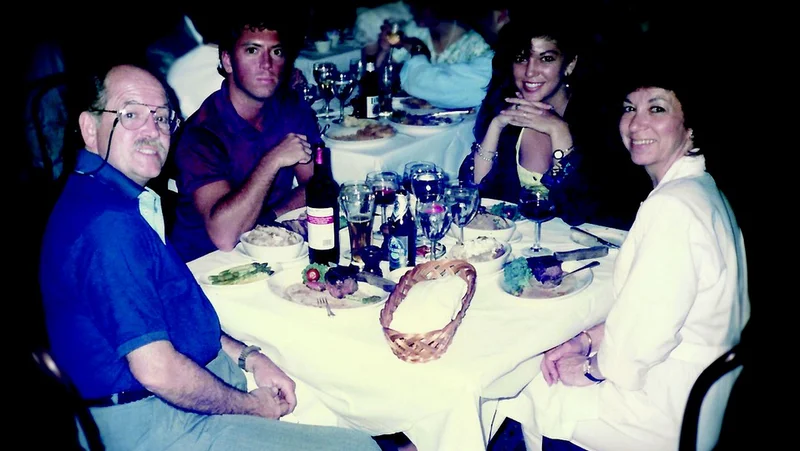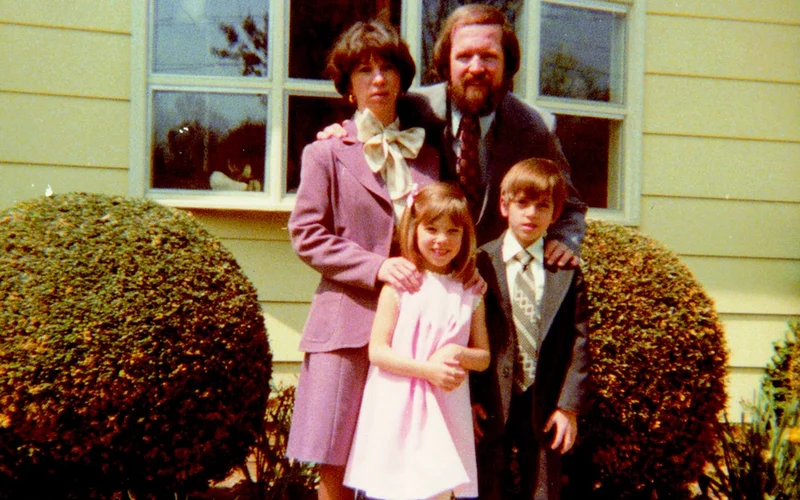Beyond Fees: New Climbing Regulations and Requirements
The Nepal Climbing Permit Fee Increase is accompanied by new regulations designed to enhance safety and sustainability:
- Mandatory GPS Tracking: All climbers must carry GPS tracking devices regardless of the peak they are attempting. This will improve safety and allow better emergency monitoring of climbers’ locations.
- Proof of Eco-Friendly Gear: Expedition teams must demonstrate that they are using environmentally responsible equipment. This includes, but is not limited to, portable toilets. This requirement aims to minimize the impact of human waste on the mountain environment.
- Stricter Enforcement: The government and the NMA have pledged to enforce these regulations rigorously. This includes monitoring flight paths, checking permits, and ensuring compliance with waste disposal guidelines.
The Rationale: Why the Nepal Climbing Permit Fee Increase?
The driving force behind these comprehensive changes is a commitment to sustainable tourism. Nepal recognizes that its mountains are a precious resource. These must be managed responsibly. The key objectives include:
- Environmental Protection: Reducing the impact of overcrowding, waste, and noise pollution on fragile ecosystems.
- Revenue Generation: Increasing revenue to fund conservation projects, improve infrastructure, and support local communities.
- Enhanced Safety: Improving safety measures for climbers, including rescue services and better communication.
- Promoting Quality Tourism: Attracting experienced and responsible climbers willing to invest in a sustainable Everest experience.
- Supporting Local Communities: Directing a portion of the increased revenue towards development projects in mountain villages.

Industry Reactions: A Mixed Bag
The response to the Nepal Climbing Permit Fee Increase has been varied:
- International Climbing Community: Some climbers have expressed concern about the higher costs, particularly for independent climbers and smaller expeditions. Others acknowledge the need for increased funding for conservation and safety.
- Nepalese Trekking Agencies: Local trekking agencies generally support sustainability goals. However, some express concern that the higher fees deter budget travelers, potentially impacting the volume of business.
- Local Communities: Residents of mountain regions broadly welcome the changes. They anticipate benefits from improved infrastructure and increased economic opportunities.
- NMA Stance NMA President Santosh Gurung stated, “The adjustments reflect the need to manage Nepal’s peaks sustainably. Revenue will directly support remote mountain villages and environmental initiatives.”
The Future of Climbing in Nepal: A Balancing Act
The Nepal Climbing Permit Fee Increase represents a significant turning point in Nepal’s approach to mountaineering tourism. This action demonstrates an increasing worldwide understanding of the importance of sustainability in adventure tourism. For these changes to be successful, key elements include effective implementation, transparent handling of finances, and continuous communication among all involved parties. The international community will closely watch Nepal’s commitment to balancing economic growth with environmental protection. The goal is clear: to ensure that the majestic Himalayas remain a source of wonder and adventure for generations while benefiting the communities that call these mountains home. This is not just about climbing; it’s about preserving a unique natural and cultural heritage.
Reference: Increased Royalty on Mountain Climbing Implemented from 1st September 2025
